Soil is a complex mixture of organic materials, nutrients, and minerals. It is the soil’s responsibility to keep the plant upright, your plants will get water and air from the soil.
The roots of plants will fulfill all their needs from the soil. For the healthier growth of plants, good garden soil must have fertility and texture. Fertility means a combination of all the essential nutrients along with soil pH levels.
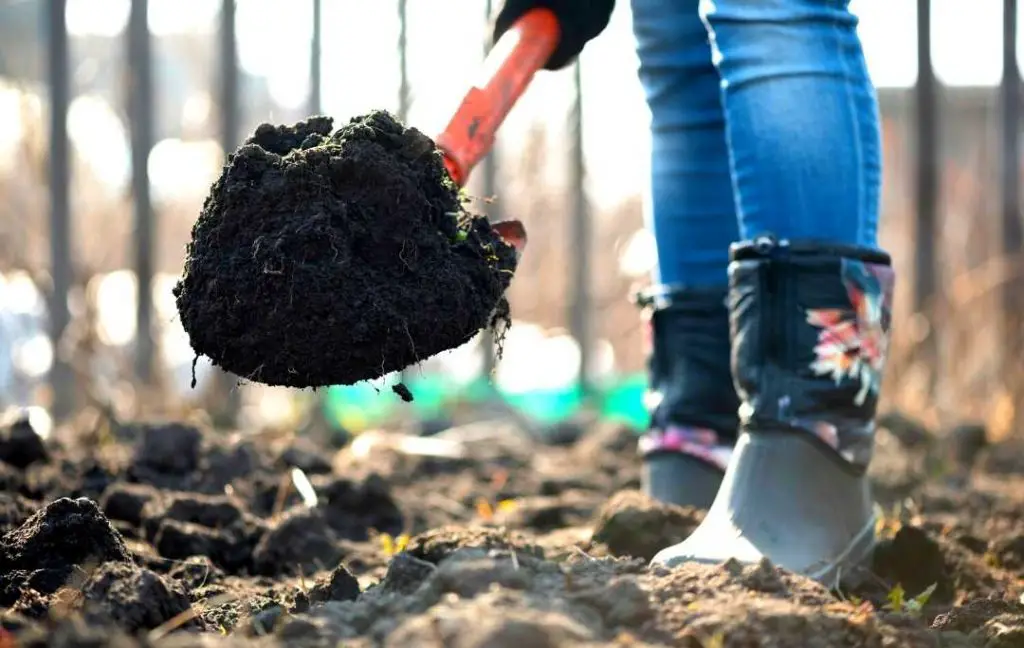
The fertility of the soil makes it possible that your plants get all the major nutrients for their growth. On the other hand, if we talk about texture, it refers to the size of the particles of soil, soil cohesiveness, and its ability to transfer water and air.
It may be possible that the soil of your garden is poor then you have to follow certain steps to improve the fertility and texture of it. This article is related to all the necessary steps for improving the condition of your soil.
WHEN TO IMPROVE GARDEN SOIL WITH AMENDMENTS?
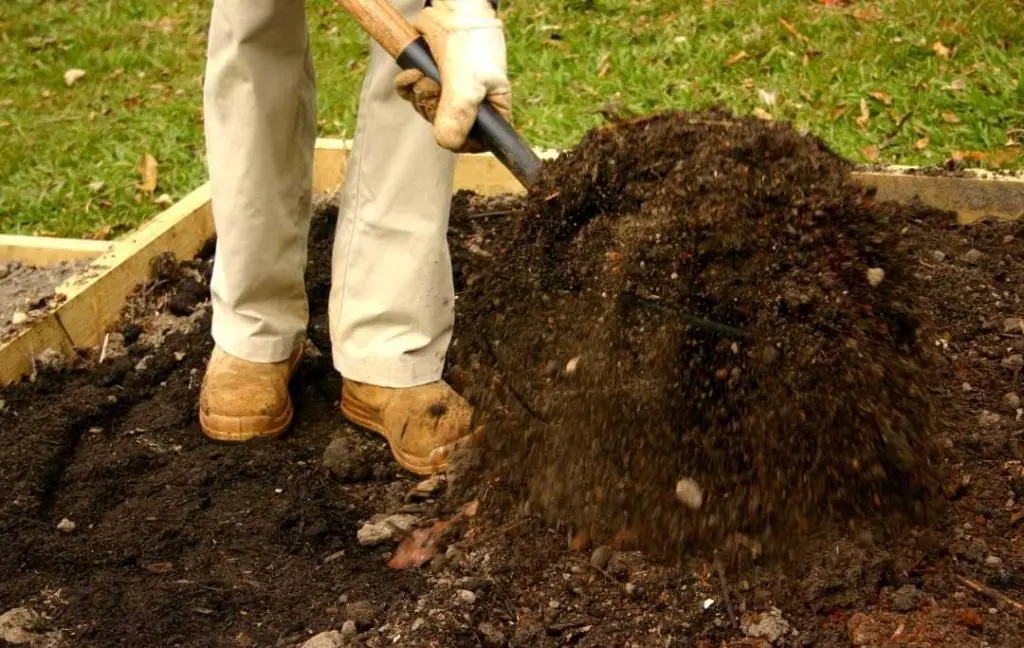
It is important to know that the best time to amend the soil is when you are preparing your garden bed for the first time. Soil amendment is not a difficult task if you know the type of soil you have then you can easily fill the requirement of nutrients in your soil.
You can also add amendments during the growing season if your plants are not growing well. This is the best time to take some action and learn about the soil of your bed.
Read More: BEST MATERIALS TO BUILD A RAISED GARDEN BED
WHAT YOU WILL NEED?
The tools and equipment are simple and you can use these tools for amending your soil. A gardening shovel or tiller is a tool which best for an ending soil. Besides this, you need gardening gloves.
The organic materials you need are according to the need of soil. The materials which are generally needed for this purpose are lime or sulfur, fertilizer, and organic materials. In the organic materials, you need compost, manure, or peat moss.
INSTRUCTIONS AND ALL NECESSARY STEPS
Now we will discuss all the steps and all the instructions regarding these steps.
1- EVALUATE YOUR SOIL
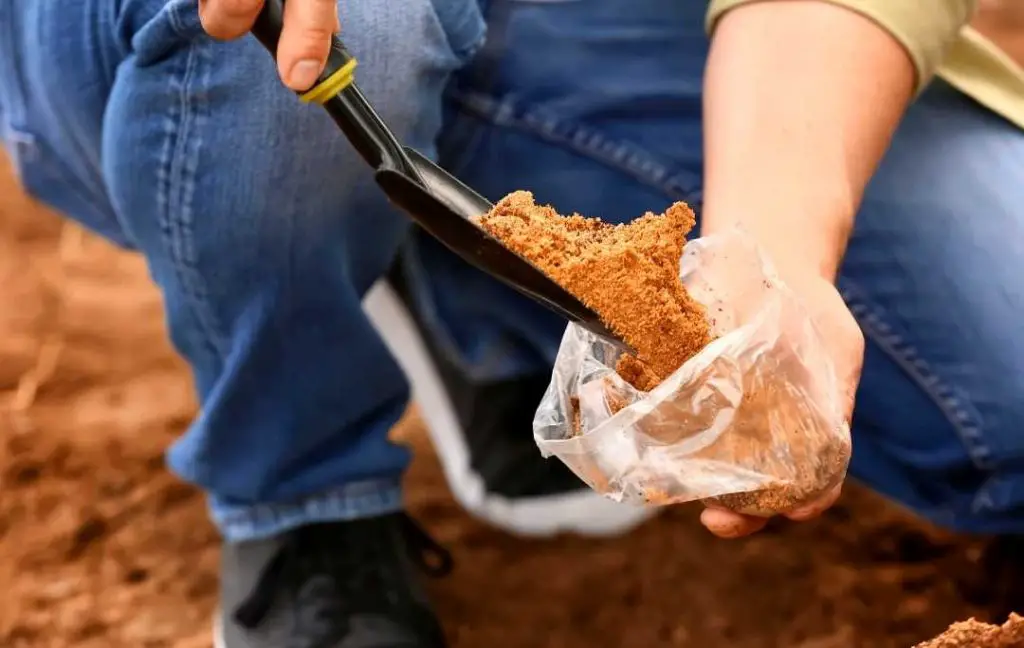
If you want to know about the quality of your soil the best way is to test It. Many nurseries give you services of testing the soil for a nominal fee. If you test your soil then you will get all the information about your soil’s texture, fertility, and pH.
After knowing the nutritional composition of your soil, you will make a plan about the amendments you have to add to improve the quality of the soil. Nurseries will give you a full report along with the recommendations to correct any deficiencies of the soil.
The other way of estimating the soil quality is by looking at your plant’s health. If you see your plants are thriving then there is no need to add any amendment.
But if you see that plants are yellowing or look very sick, you should test the soil. The results will show what type of amendments are needed by the soil.
2- ADJUST THE SOIL pH
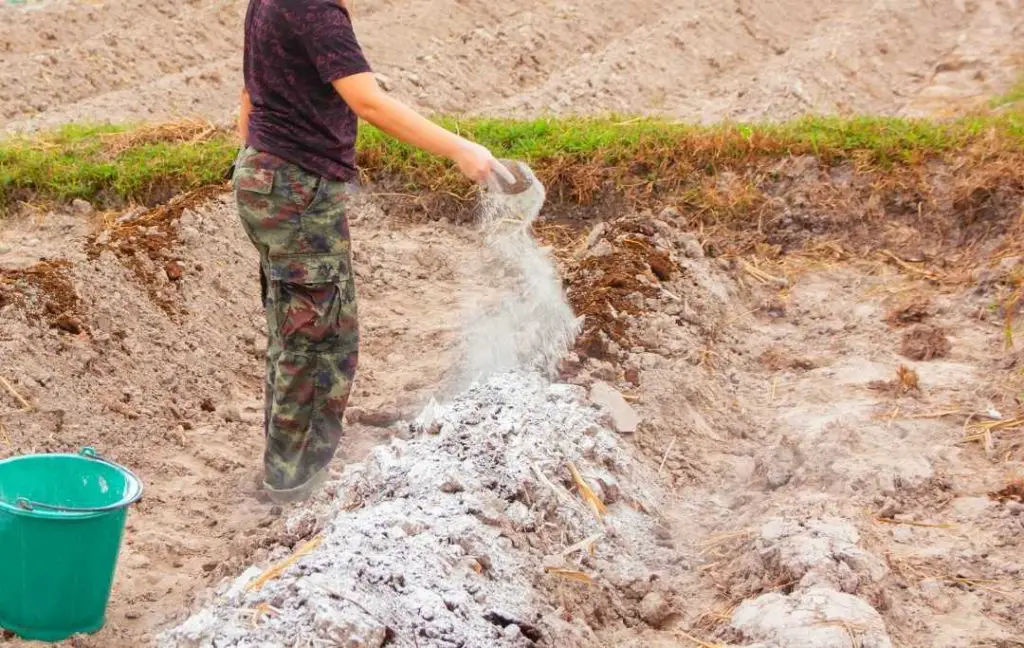
If the pH level of the plants is not fixed they can’t properly take up all the nutrients. After the test of the soil, you will come to know what type of pH your soil has. The report you will get has all the recommendations.
For example, if you want to raise the pH you should add lime, or if you want to lower the pH add sulfur. Improving the pH level step by step so the plants will not shock.
It is recommended that don’t add more than 5 pounds of sulfur or lime per hundred square feet in an existing garden. If you are creating a new garden bed then you can add the whole recommended amount.
You need a rake and shovel or garden tiller for this purpose. First, you have to spread the lime or sulfur over the garden that and dig it thoroughly with the help of a shovel or garden tiller.
There is a need of checking pH every couple of years because the sulfur and lime will be consumed and there is a need to be replenished.
3- ADJUST THE SOIL TEXTURE WITH ORGANIC MATERIAL
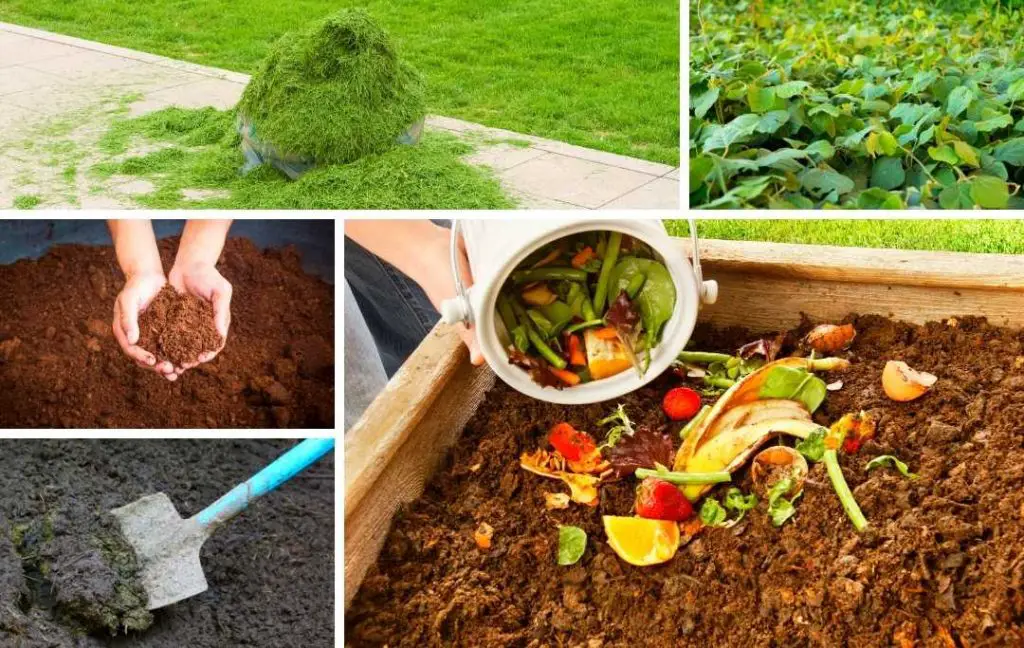
If the texture of the soil is good then it allows the roots to take up moisture, organic materials, and air easily. It means the texture of the soil is so balanced that it can help in plants’ healthier growth.
I can explain to you by taking the example of two types of soil. First, we will talk about clay soil, this type of soil can retain the moisture that’s why the roots of plants are drowned.
On the other hand, if we talk about sandy soil it drains very quickly so the plants are not able to absorb the moisture from the soil. Now you understand why the texture of the soil is very important in the development of your garden and plants.
If you want to overcome all these problems then you can add organic materials to the soil like compost, fertilizer, or peat moss to improve the quality of the soil.
When the organic matter will be decayed then it will help sandy soil to retain water which is normally drained quickly. On the contrary, the addition of these materials to clay soil will become loose so air and water will penetrate easily.
It is important to know that organic materials will also encourage the beneficial microbial activity in the soil so your plants will get nutritional advantages.
The organic materials you can add to your soil for amending are as follows.
COMPOST
It is an excellent way of amending your soil. You can buy it or make it at home. If your budget is tight and the area of your garden is very big then you should make it at home.
You can get it free by using your garden water and kitchen scraps. It is the best way of amending as your plants will get all the crucial ingredients for making their food.
The result of this addition will be seen in the form of healthier plants. If you are a newbie then you should do some research and look at what your plants need then add amendments according to your plants’ requirements. You need compost for making the compost for your plants.
Read More: What To Or What Not To Compost?
Manure
This is a natural way of amending the soil. Stables and local farms are the best places for getting fresh manure. First, you should compost it so it turns dark, crumbly, and odorless.
The smell of manure is not harmless but a large quantity of nitrogen in the manure is not good for your plants as your plants will burn due to the high amount of nitrogen in it.
PEAT MOSS
It is a very cheap way to loosen the soil. Peat Moss is very dusty that’s why you should wet it first to make it easier.
GRASS CLIPPINGS
Another organic material is grass clippings, it is an organic material which you get from your garden. This is garden waste and debris and can be used in your garden bed to decompose slowly.
But remember one thing whatever you put in your garden is free of seeds and has not been treated with pesticides for herbicides. Because they are not chemical-free and if your grass clippings have seeds then they will grow when they get a better environment.
COVER CROPS
It is also known as green manure, cover crops are those which are grown in unused soil. The reason is letting them decompose. The roots help to loosen the soil and plants suppress weeds.
Cover crops belong to the legume family, like clover and vetch. You can easily use cover crops in vegetable garden sites.
4- ADD NUTRIENTS
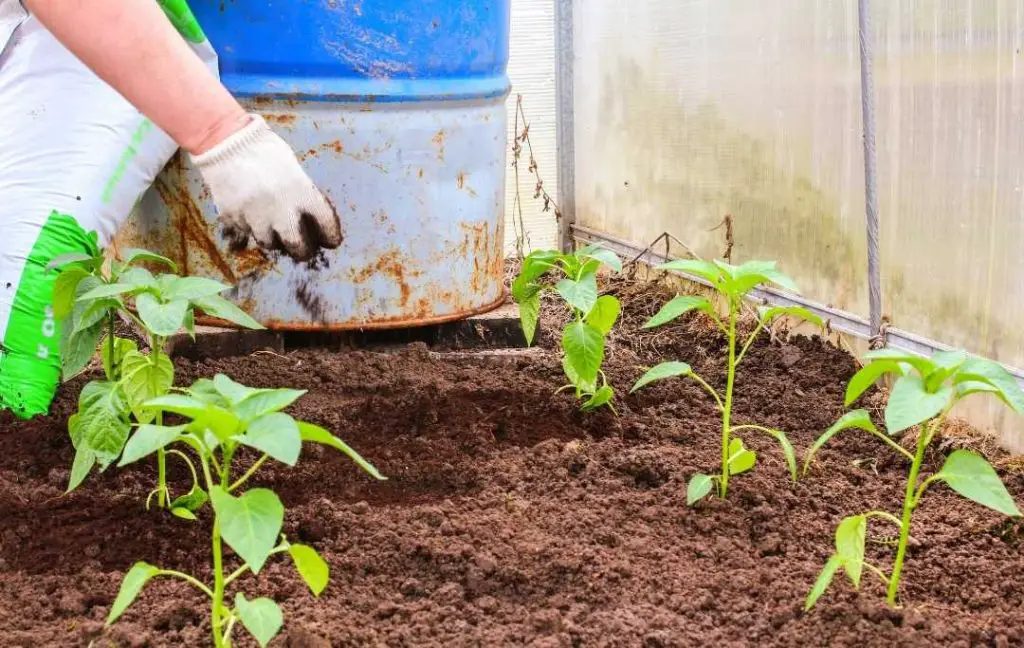
If the soil has lots of nutrients then you will see good health of your plants especially edible fruits and vegetables. But if you see the poor health of your plants then you should add nutrients to the soil according to the result of soil’s test. You can use organic products or synthetic fertilizers.
If you use synthetic fertilizer then it will not cost you too much and it will work quickly. But you can’t use them as an amendment. The main job of synthetic fertilizers is feeding the plants.
It is important to know that in some cases synthetic fertilizers might damage the soil because of the high quantity of salt and one more thing with the time organic fertilizer releases nutrients and you will not get instant fix the only thing you get a longer sustained feeding.
If we talk about a good fertilizer then it has three primary nutrients nitrogen, phosphorus and potassium. Different plants have different needs, you should use the type of fertilizer according to the requirements of the plants.
After a soil test, you will be able to get all necessary recommendations about the type and quantity of fertilizer which your plants need. All the directions are available on the label, you should follow them.
Some types of fertilizers can be easily mixed in the soil while water-soluble fertilizers can be applied with the help of sprayer watering can.
TIPS FOR IMPROVING GARDEN SOIL WITH AMENDMENTS
The best and easiest way of amending soil is adding compost to the soil.
- Most of the time if you add compost once in a year then it will eliminate the need for other amendments.
- If you are using plant-based compost then it has a lower amount of salts as compared to compost which has animal manure.
- Compost will improve soil texture as it provides all the basic nutrients to your plants.
- Remember, a surface mulch is not a true soil amendment but it will perform well if you dig it in the soil.
- It is best to set an annual routine of digging in old organic mulch is the best way of making excellent garden soil.
- The easy way of checking the type of soil is tap the soil if it breaks apart easily then it is a sandy soil. If you want to check the soil then press it between your thumb and finger if it make a ribbon then the type of soil is clay.
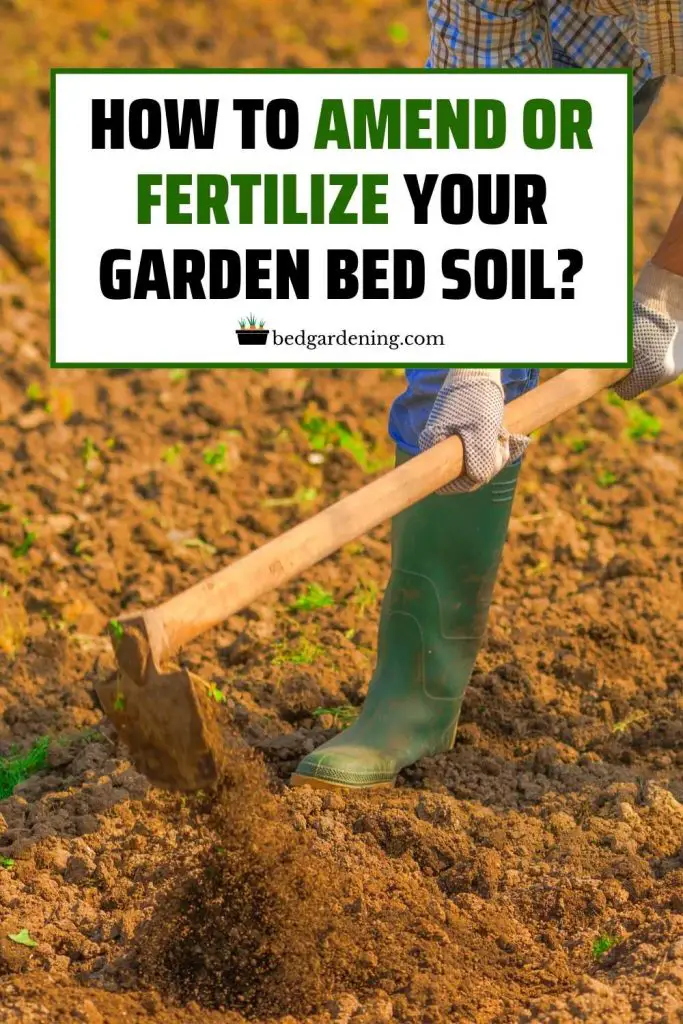
FOUR EASY DO IT YOURSELF SOIL TEST
Here we are going to discuss four easy ways to know about the texture of your garden soil.
1- THE SQUEEZE TEST
In the first test, you will take a handful of moist soil and squeeze it.
- After giving a light poke if it crumbles then it means it is loam.
- When you poke it, it will set stubbornly in your hand. It means it is clay soil.
- If you see it falls apart after opening your hand then it will be sandy soil.
2- THE PERCOLATION TEST
For this test, you have to dig a hole if 6 inches wide. Its depth should be one foot.
- Now fill the hole with water and let it drain.
- After draining the water fill it again.
- Now check the time of draining.
- If you see water takes more than 4 hours to drain. It means that your soil is very poorly drained.
3- THE WORM TEST
If your soil has worms it means your soil has beneficial microbes.
- Make sure your soil must be warm and moist
- Place the soil on a piece of cardboard.
- If you find worms it means your soil is in good shape.
4- pH TEST
If you are an experienced gardener then you should have pH test kits. These kits will tell you about the pH of your soil. The results of this kits are very precise and accurate.
Read More:
